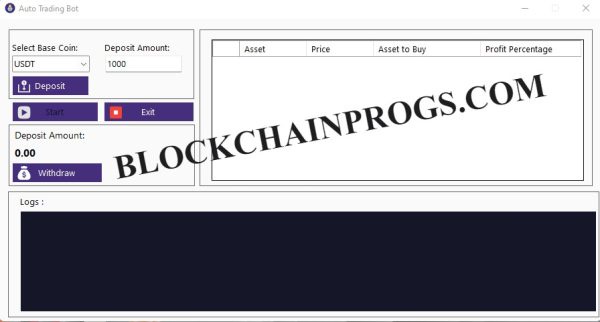In today's fast-paced financial markets, trading has become more accessible than ever before, thanks to technological advancements. One such innovation that has garnered significant attention is auto trading software. These programs, also known as algorithmic trading or black-box trading systems, execute trades automatically based on pre-defined criteria, often without the need for human intervention. This article explores the evolution, benefits, risks, and future prospects of auto trading software, shedding light on its role in modern trading landscapes.
Evolution of Auto Trading Software
Auto trading software has its roots in the development of computerized trading systems in the 1970s and 1980s. Initially, these systems were rudimentary and mainly used by institutional investors. However, with the proliferation of high-speed internet and the democratization of trading, auto trading software became accessible to retail investors.
The advent of sophisticated algorithms and artificial intelligence further revolutionized auto trading. These algorithms analyze vast amounts of data, identify patterns, and execute trades with precision and speed beyond human capability. Today, auto trading software encompasses a wide range of strategies, including trend following, arbitrage, and statistical analysis.
Benefits of Auto Trading Software
- Efficiency: Auto trading software operates 24/7, executing trades in milliseconds, which eliminates human errors and ensures timely order execution.
- Emotion-Free Trading: One of the significant advantages of auto trading is its ability to remove emotions from trading decisions. Fear and greed, common pitfalls for human traders, are non-existent in algorithmic trading, leading to more disciplined and consistent strategies.
- Backtesting and Optimization: Auto trading software allows traders to backtest their strategies using historical data, enabling them to optimize parameters and improve performance before risking real capital.
- Diversification: With auto trading, investors can diversify their portfolios across multiple markets, instruments, and strategies, reducing overall risk.
- Access to Advanced Strategies: Auto trading software provides access to complex trading strategies that may be challenging for individual traders to implement manually.
Risks and Challenges
- Technical Failures: Auto trading systems are vulnerable to technical glitches, software bugs, and connectivity issues, which can lead to erroneous trades or system failures.
- Over-Optimization: Excessive optimization of trading strategies based on historical data may lead to curve-fitting, where the strategy performs well only in past market conditions but fails in real-time trading.
- Market Volatility: Rapid market movements or unexpected events can trigger erratic behavior in auto trading systems, potentially causing significant losses.
- Lack of Human Oversight: While removing emotions from trading decisions is a benefit, the absence of human oversight can result in unchecked risk-taking or failure to adapt to changing market conditions.
- Regulatory Concerns: Regulators are increasingly scrutinizing auto trading practices to ensure fairness, transparency, and market integrity, imposing stricter rules and regulations on algorithmic trading activities.
Future Prospects
Despite the risks and challenges, the future of auto trading software appears promising. Advancements in artificial intelligence, machine learning, and big data analytics are driving innovation in algorithmic trading, making algorithms more sophisticated and adaptable to dynamic market conditions. Moreover, the rise of cryptocurrencies and decentralized finance (DeFi) has created new opportunities for auto trading strategies.
Furthermore, the integration of auto trading software with social trading platforms, where users can copy the trades of successful traders, is gaining traction, democratizing access to proven trading strategies.
In conclusion, auto trading software has transformed the landscape of financial markets, offering efficiency, accessibility, and automation to traders worldwide. However, it is essential to recognize the risks associated with algorithmic trading and implement robust risk management practices. As technology continues to evolve, auto trading software will likely play an increasingly influential role in shaping the future of trading.


No comments yet